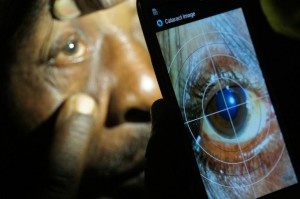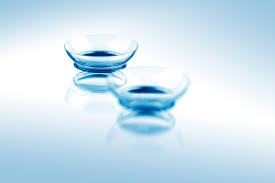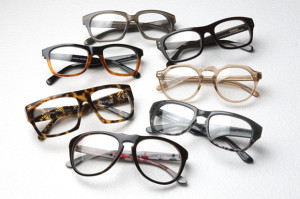I am sure everyone enjoys a nice cocktail once in awhile, especially when certain days can be stressful. However, consuming too much alcohol consistently can have a major effect on your eyesight now and in the future. Below you will find some short-term and long term effects.
Your reaction time is slower than normal due to alcohol consumption, so this means that your pupil will have a slower reaction time as well. The iris is extremely affected by alcohol causing it to be more constricted and dilated. This is something that is not safe. Drivers who have been drinking do not have the proper reaction time to deal with oncoming traffic and headlights. Another short term effect from alcohol is having a difficult time determining between different objects around you based how light or dark something may be. There was a study done at the Western University in Ontario, Canada that showed alcohol reduced the ability of the eye by 30 percent at a blood alcohol level around the the legal driving limit. You can also experience eye twitching as well as dryness by alcohol consumption.
When you consume an excessive amount of alcohol it can affect the absorption of vitamins in the liver. Vitamins are very important for someone to maintain a healthy eyesight. If someone is not consuming enough vitamins because of alcohol it can cause many difficulties with your vision. That being said, thinning of cornea, and blindness due to retinal damage are just few examples of what can occur if you do not make smart decisions. This is not an issue to take lightly, because if you do not take care your body there will be consequences that you will not want to deal with in the long run.
One thing to note is that most of the short term effects to do go away on their own, but the more your experience these symptoms the greater chance you have of it turning into a long term issue, which then you should consult your doctor immediately.

 Technology has truly come a long way in all aspects of our lives, especially in the field of medicine. Researches are rolling out a new app kit called “Peek” which allows to physicians to test a patients’ eyesight in remote areas around the world. Optometrists can use a smartphone device to conduct the tests, which have been proven to be just as accurate as the traditional letter chart we are all so familiar with.
Technology has truly come a long way in all aspects of our lives, especially in the field of medicine. Researches are rolling out a new app kit called “Peek” which allows to physicians to test a patients’ eyesight in remote areas around the world. Optometrists can use a smartphone device to conduct the tests, which have been proven to be just as accurate as the traditional letter chart we are all so familiar with. 

 Everyone has been told at some point in their lives to eat carrots in order to improve their vision, and according to Cynthia Cupal. O.D., F.A.A.O., of the Fenton Vision Center, nutrition is a very important step in maintaining a healthy vision. Cupal believes that healthy eating habits are extremely important, especially for people who have a past of being treated for multiple diseases. In order to practice what she preaches, Cynthia herself leads a healthy life style. She is a certified raw food nutritionist, as well as a member of the Ocular Nutrition Society. The ONS is a nation wide group of optometrists that are dedicated to the prevention of ocular and systemic disease, and patient eye care.
Everyone has been told at some point in their lives to eat carrots in order to improve their vision, and according to Cynthia Cupal. O.D., F.A.A.O., of the Fenton Vision Center, nutrition is a very important step in maintaining a healthy vision. Cupal believes that healthy eating habits are extremely important, especially for people who have a past of being treated for multiple diseases. In order to practice what she preaches, Cynthia herself leads a healthy life style. She is a certified raw food nutritionist, as well as a member of the Ocular Nutrition Society. The ONS is a nation wide group of optometrists that are dedicated to the prevention of ocular and systemic disease, and patient eye care.